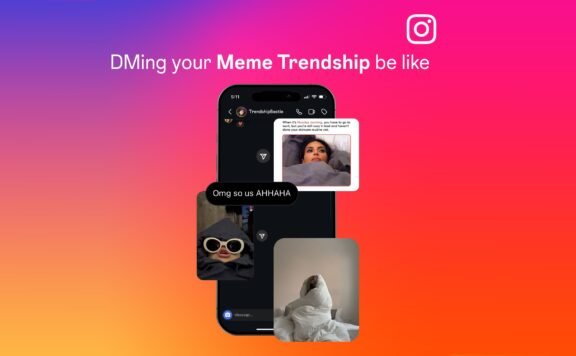Microsoft today is formally launching OneDrive — its re-branded personal cloud storage service (formerly called SkyDrive) — with updated mobile apps and an improved video sharing tool.
Microsoft first announced the re-branding in January, after British Sky Broadcasting took issue with the “SkyDrive” name and won an initial case in a British court last year.
Like other cloud storage services, OneDrive gives you a place to store all of your files — photos, videos and, documents. Microsoft’s pitch is that it aims to make managing it all very easy and portable across all your devices regardless of platform.
Among other things, today’s announcement brings automatic camera backup for Android devices. And new video sharing functionality automatically sizes a video depending on where you want to share it or play it.
Existing SkyDrive users need not take any action to transfer files. They will be available once you log in to onedrive.com.
Microsoft offers users 7GB of free storage and another 3GB for free when you use the camera backup feature. You can earn more storage by referring friends.
As part of the kickoff, the company is running a promotion to give the first 100,000 people who access their OneDrive account after the launch an additional 100 GB of free storage for a year. You can monitor start time for the promotion on Twitter via @OneDrive.
The service is built into the latest version of Windows, Windows Phone, Office and Xbox and is also available on iOS and Android mobile devices and Mac computers.
Backing up precious photos, videos and documents online is a hotly competitive area in consumer tech: Google tackles it with its Drive service (for documents and more) and Google+ (photos) and Apple of course has iCloud. Not to mention powerhouse startups like Dropbox and Box.
But for many consumers the process remains cumbersome, especially if you happen to own devices on different operating systems — an Android phone and an iPad, say, in addition to a Windows PC.
There remains a “huge amount of folks who don’t know what cloud storage is,” says Microsoft executive Chris Jones. As a result, documents remain “trapped” on a PC, or photos “just sit there” on your phone.





